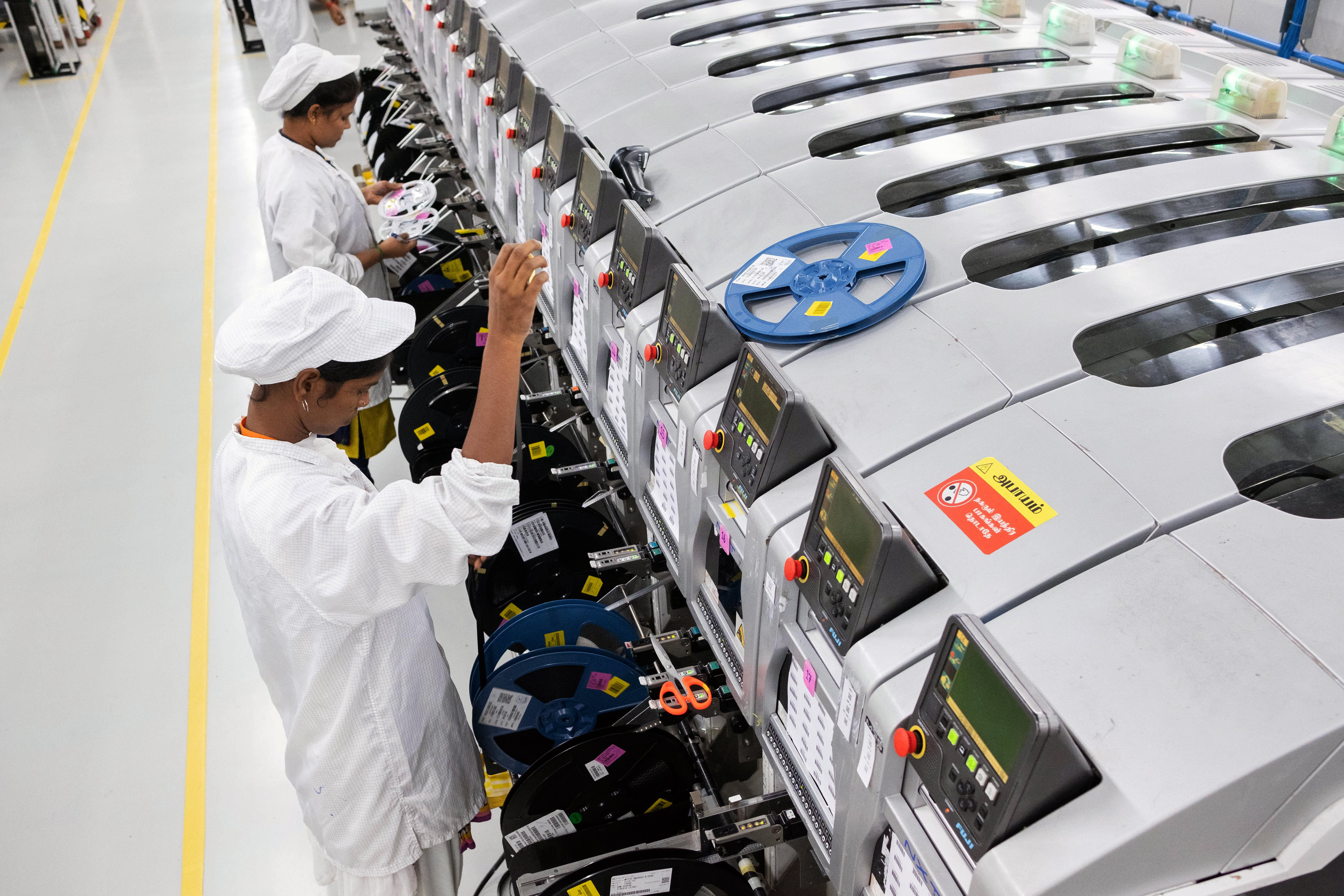The Treasury Department on Friday proposed new rules for determining which EVs will be eligible for tax credits under the new “critical mineral” and battery component requirements included in last year’s Inflation Reduction Act.
While the Treasury Department hasn’t yet said which vehicles are eligible for the credits – that’ll happen April 18 – we now know how the department plans to figure out which EVs do and don’t make the cut.
related investing news
The new rules proposed by the Treasury Department on Friday explain how to determine which EVs meet the requirements for critical minerals and battery components, each of which provides a tax credit of $3,750. An EV that qualifies under both – and that meets the other requirements – will be eligible for the full $7,500 credit.
Note that it’s up to the automakers to do the math and tell the Internal Revenue Service which of their vehicles qualify.
The Inflation Reduction Act, signed into law by President Joe Biden last August, provides federal tax credits of up to $7,500 for buyers of EVs that meet a new list of requirements:
- Vehicle price caps. Cars priced above $55,000, and trucks, vans and SUVs priced over $80,000, aren’t eligible for the tax credit.
- Made in North America. Only EVs that “undergo final assembly” in the U.S., Canada, or Mexico are eligible for the credit.
- Buyer income limits. If you’re a single individual with modified adjusted gross income of $150,000 or more, or a head of household with more than $225,000 of income, or a married couple filing jointly with income over $300,000, you aren’t eligible for the credit.
- Critical minerals. To be eligible for the credit in 2023, at least 40% of the critical minerals – including lithium, nickel, manganese, graphite and cobalt — in the vehicle’s batteries must have been extracted, processed or recycled in the U.S. or in a country with which the U.S. has a free trade agreement. That percentage will increase to 50% in 2024, 60% in 2025, 70% in 2026, and 80% after 2026.
- Battery components. To be eligible for the credit in 2023, at least 50% of the value of the components in an EV’s battery must be manufactured or assembled in North America. That percentage will increase to 60% in 2024 and 2025, 70% in 2026, 80% in 2027, and 90% in 2028.
All of these rules were originally expected to go into effect at the beginning of 2023. But in December, the Treasury Department said that it needed until March to figure out how to implement the last two rules, and that they wouldn’t go into effect until that was done. (In the meantime, the IRS has used the other rules to determine which vehicles qualify for the tax credits.)
The critical minerals rule
For critical minerals, the Treasury Department proposed a three-step process for determining eligibility:
- Figure out where the critical minerals in the batteries came from.
- Identify which minerals qualify as critical minerals under the IRA.
- Calculate the percentage of minerals in the EV’s battery that qualify as critical minerals.
In addition, an EV that contains any critical minerals sourced from a “foreign entity of concern” won’t qualify after 2025. (What’s that mean? The Treasury Department said that it’ll clarify in the future.)
The Treasury Department’s proposed rules say that the set of countries with eligible free trade agreements will change over time, but for now the countries that qualify include Australia, Bahrain, Canada, Chile, Colombia, Costa Rica, Dominican Republic, El Salvador, Guatemala, Honduras, Israel, Jordan, Korea, Mexico, Morocco, Nicaragua, Oman, Panama, Peru, Singapore and Japan.
The battery components rule
The Treasury Department proposed a four-step process for battery components:
- Identify which battery components were manufactured or assembled in North America.
- Figure out the incremental value of each component.
- Determine the total value of all the battery components.
- Do the math to figure out what percentage of the battery’s components by value qualify.
In addition, starting in 2024, an EV that contains any battery components from a foreign entity of concern won’t qualify for the credit.
When will we know which EVs qualify?
The Treasury Department said that EVs that go into service on or after April 18 will be subject to the critical minerals and battery components requirements. Starting on that date, it’ll publish a list of eligible vehicles – as determined by the automakers – at FuelEconomy.gov.
But it’s likely to be a short list, at least for a while, as right now a lot of battery minerals and components come from China.


